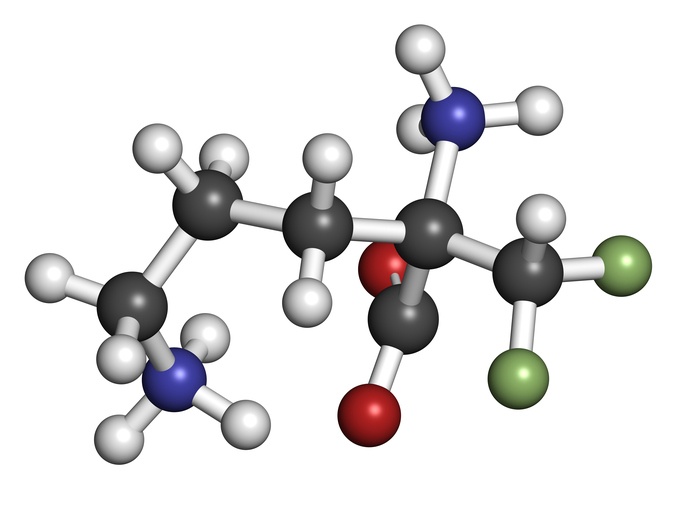Enzyme immobilization onto solid supports is a convenient way to control and reuse enzymes. The enzyme is a catalyst for a reaction, meaning that it enables or speeds up the chemical conversion from reactants to products. This is a valuable property for both small scale research and large scale industry including biotechnology, pharamaceutical applications, food production, and wastewater treatment. There are many materials used for immobilized enzyme solid support systems, and a variety of enzymes can be used. Perhaps the most advantages solid support system is one that is magnetic. A magnetic bead is easily recoverable with the application of an external magnetic field. This ensures that reusing the enzyme is quick and easy.
Recently, a small project was completed to demonstrate that enzyme immobilization onto a magnetic bead solid support system is possible. The enzyme used was peroxidase isolated from the plant Euphorbia tirucalli. Peroxidase is an essential enzyme to many biochemical pathways supporting life. It is found in bacteria, fungi, plants, and animals. Peroxidases catalyze the oxidation of a reactant by hydrogen peroxide. Additionally, peroxidases are industrially important for a wide variety of applications including wastewater treatment, synthesis of aromatic molecules, removal of peroxide from products, and in the development of biosensors and in vitro diagnostic systems.
FREE DOWNLOAD: Magnetic bead coatings
Immobilization of peroxidase onto a magnetic chitosan-cobalt oxide bead
The cobalt oxide bead is magnetic. The chitosan coating enables the chemistry required to attach the enzyme to the bead. Chitosan is a natural polysaccharide polymer that is commonly used for enzyme immobilization onto solid support systems. Chitosan has multiple hydroxyl and amine side groups that are free for covalent binding to the peroxidase. The use of covalent binding chemistry for enzyme immobilization is beneficial because it allows for multiple cycles of reuse as compared to adsorption or entrapment methods. The immobilization of peroxidase onto the magnetic chitosan-cobalt oxide beads was mediated by 0.05% cyanuric acid. Cyanuric acid has chlorine atoms that react with nucleophillic groups such as amino, thiol, and hydroxyl. Therefore, it is a good addition to improve the reaction of chitosan with the amino acid functional groups of peroxidase.
Optimization of enzyme immobilization onto a magnetic bead solid support
The optimal conditions for binding Euphorbia tirucalli peroxidase to chitosan-cobalt oxide magnetic beads was found to be at a pH of 5.5 and a temperature of 55°C. The enzymes performed well after 10 cycles of reuse. Although this is a fairly specific example of enzyme immobilization onto a magnetic solid support it does achieve its goal of demonstrating feasibility. With some further knowledge of support materials, enzymes, and immobilization methods it will theoretically be possible to create any reusable immobilized enzyme system desired.
Related news




